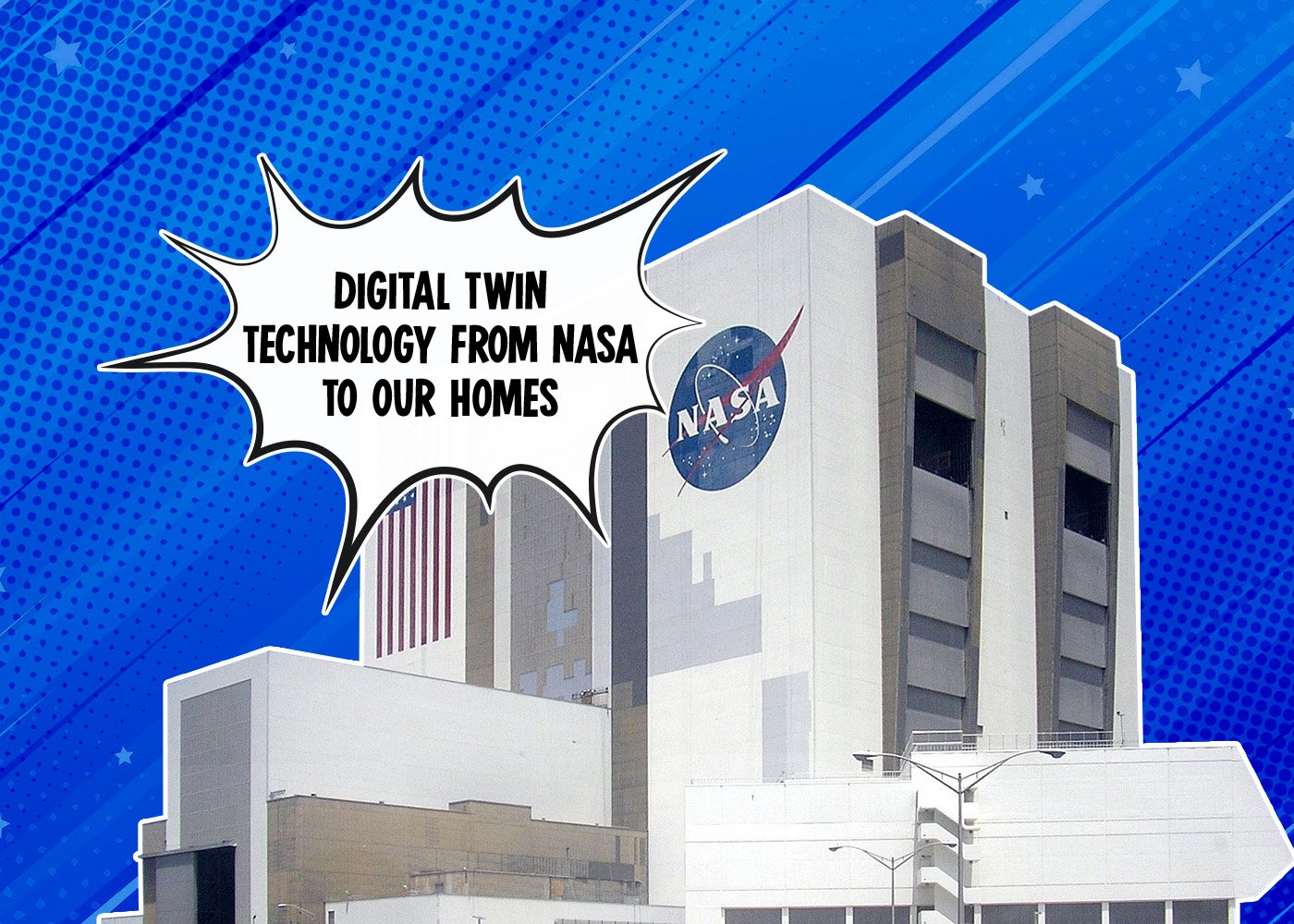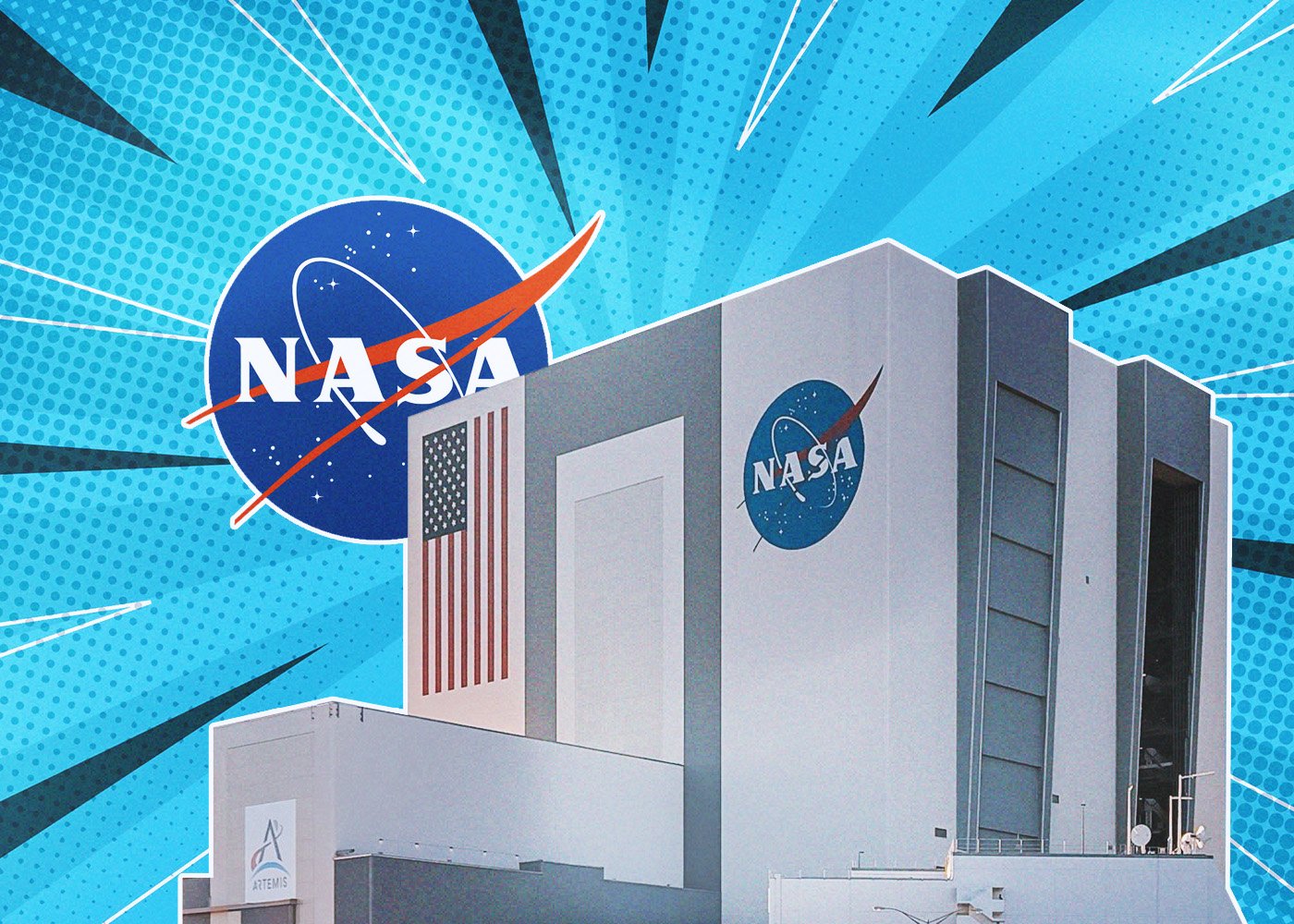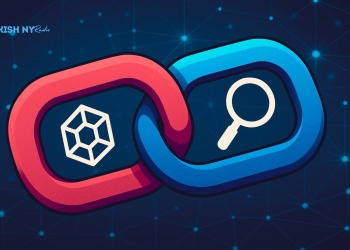Not only is the metaverse a collection of powerful technologies, but it also holds an incredible vision for how our lives will look in the future. Products that allow us to exist, work and entertain ourselves within virtual realities are at its core, making this concept available to both businesses and individuals alike.
A mere 18 months ago, Facebook courageously sought to build the “metaverse” by rebranding itself as Meta and pouring billions of dollars into seeing this vision come to life. Meanwhile, Apple has been tirelessly working on its extended reality hardware for two decades, with plans to release its first pair of goggles sometime in 2021.
The next generation of technological advances is on the horizon, and with them come advancements in navigating virtual realms, bringing digital objects into reality, and designing, constructing, and scanning them. These innovations will find their home in metaverse applications and “digital twin” platforms.
NASA Has Been Using “Digital Twins” for Many Years
On April 11, 1970, three fearless astronauts blasted off in a spacecraft bound for the moon at 400 miles per minute. Their mission was to achieve NASA’s third manned lunar landing. Suddenly, those aboard Apollo 13 heard a thunderous explosion. This explosion had ripped away part of their vessel’s housing and deactivated its power supply while simultaneously siphoning out all the oxygen into space.
With the mission’s primary goal foiled, the astronauts’ only chance for survival was their resourcefulness and skillful thinking. Actively striving against time, they had to repurpose components of their spacecraft to complete tasks outside its initial design. Every second counted as they approached reaching home safely – a feat made possible by NASA having what could be considered the world’s only “digital twin” system.
To aid the Apollo mission, NASA developed 15 simulators to digitally replicate a physical object, system, or infrastructure. These digital twins enabled engineers to identify and solve problems quickly by testing potential solutions virtually – all of which were communicated directly with the crew. This new technology’s efficacy led NASA to create virtual replicas for future projects, thus introducing the “digital twin” into general use in 2010.
Companies Are Already Using Digital Twin
A “digital twin” is much more than a static model—it’s an individualized, constantly updating digital or virtual representation of a physical system. Not only can it replicate the changes that occur in its real-world counterpart over time, such as repairs and upgrades, but it also accounts for aging processes, damage, and wear-and-tear. This dynamic approach gives us unparalleled insight into how our products will interact with their environment before they even exist!
Companies have already begun to utilize digital twins for their integration, testing, monitoring, and predictive maintenance processes across bridges, buildings, wind farms, aircraft, and factories. However, we are only in the beginning stages of this technology’s potential.
In the second portion of this article, we will examine digital twin technology in more detail and how it can be applied going forward. Don’t miss out—keep reading!
It may get your attention: From Tragedy to Opportunity: How Earthquake Solidarity Could Open a New Chapter in EU-Türkiye Relations




























































































![BitTorrent [New]](https://s2.coinmarketcap.com/static/img/coins/64x64/16086.png)

















